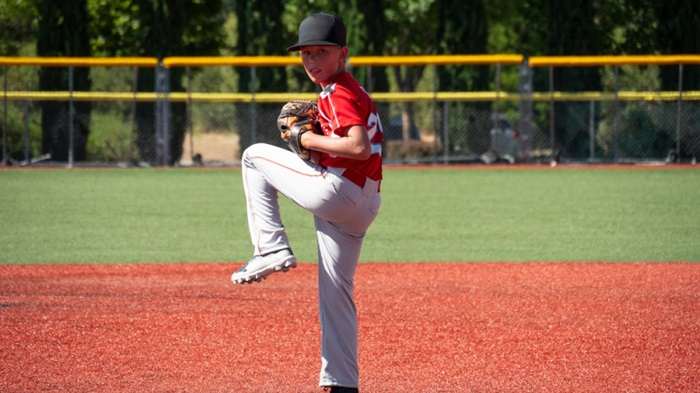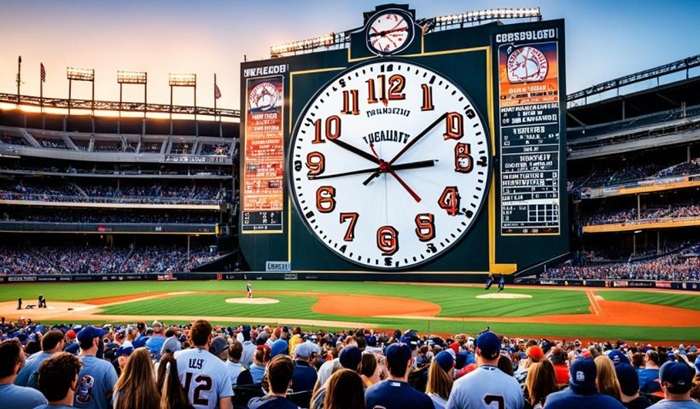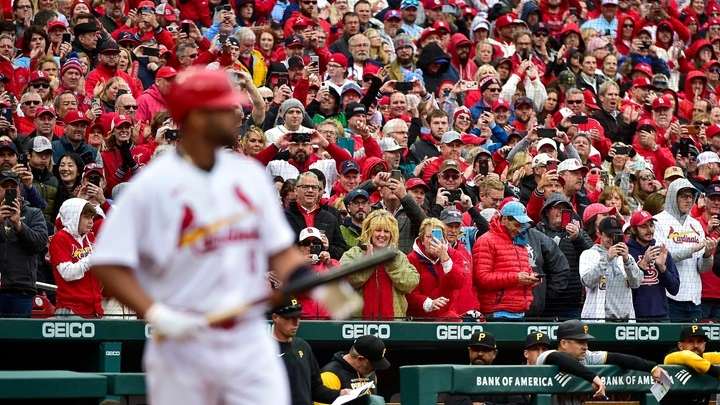Baseball, often referred to as America’s pastime, is a sport loved for its strategy, skill, and sometimes, unpredictability. While baseball is a thrilling game to watch, one common question that many new fans ask is: How long are baseball games? Unlike most sports that have a running clock, baseball operates without one, which means the length of a game can vary widely.
In this article, we’ll dive deep into the factors that affect the length of a baseball game, explore how long different types of baseball games last, and explain the reasons behind time variations. Whether you’re a die-hard fan or just curious, this guide will help you better understand the time commitment involved in a baseball game.
Understanding the Basics: Innings, Outs, and Pitches

What Are Innings?
To fully understand how long a baseball game lasts, we first need to understand the structure of the game. Baseball is broken down into innings, with each inning consisting of two halves: the top half and the bottom half. In the top half, the visiting team bats while the home team plays defense, and in the bottom half, the roles are reversed.
A standard baseball game consists of nine innings, but this can vary depending on the level of play or if extra innings are needed. Unlike sports such as basketball or football, there is no clock that counts down each inning. The pace is determined by how quickly the teams make outs or score runs.
The Role of Outs and Pitches
Each half-inning continues until the defensive team records three outs. Outs can occur through strikeouts, groundouts, flyouts, and other plays. The speed at which these outs are achieved has a significant impact on the length of the game. For example, a team that quickly retires its opponent may finish a half-inning in a matter of minutes, while a struggling defense may take much longer.
Additionally, the number of pitches thrown in each inning is crucial. Games with lots of walks, hits, or fouls tend to drag on longer because more pitches are needed to retire batters. On the other hand, games with efficient pitching often move more quickly.
Average Length of Major League Baseball (MLB) Games
How Long Do Professional Baseball Games Last?
In Major League Baseball (MLB), the average game time has fluctuated over the years. As of the 2023 season, the average length of a game is approximately 2 hours and 58 minutes. This is slightly shorter than previous years, where games often stretched past the 3-hour mark.
This reduction in time is partly due to rule changes aimed at speeding up the game, such as the introduction of the pitch clock and limits on mound visits. While this has improved the pace, it’s important to remember that no two games are exactly alike, and many factors can cause significant variation in game length.
Why Do Some Games Take Longer?
Several factors can make a baseball game last longer than the average time:
- High-scoring games: More runs generally mean more pitching changes, longer at-bats, and more time overall.
- Extra innings: If the game is tied after nine innings, it can go into extra innings, adding considerable time.
- Pitching struggles: Games where pitchers frequently walk batters or give up hits can drag on.
- Replay reviews: With the use of instant replay in the MLB, close calls can be reviewed by umpires, adding minutes to the game.
Fastest and Longest Games in MLB History
While the average game lasts about three hours, there have been extreme cases on both ends of the spectrum. The shortest game in MLB history was completed in just 51 minutes between the New York Giants and the Philadelphia Phillies on September 28, 1919. On the other end of the spectrum, the longest game lasted a staggering 8 hours and 6 minutes across 25 innings between the Chicago White Sox and the Milwaukee Brewers on May 8, 1984.
How Long Are Minor League and College Baseball Games?
Minor League Baseball Games
Minor league baseball games, like their MLB counterparts, are usually structured to last nine innings. However, their average duration is slightly shorter, typically around 2 hours and 45 minutes. This is largely because minor league games tend to feature younger, less experienced players who play at a faster pace, and the rules are not always as strict as in the majors.
Minor league teams also tend to prioritize player development over strategy, leading to fewer pitching changes and other delays, which can result in shorter games. However, games in the higher levels of the minors, like Triple-A, can last as long as MLB games due to the increased level of competition and strategy.
College Baseball Games
College baseball games are generally comparable to MLB in terms of structure, with most games lasting nine innings. However, the average time for a college game is usually shorter, around 2 hours and 30 minutes to 3 hours.
College baseball also includes mercy rules in some leagues, which can shorten games. For instance, if one team leads by 10 or more runs after seven innings, the game might end early. This rule prevents unnecessarily long games where one team is clearly outmatched.
How Long Are High School and Youth Baseball Games?
High School Baseball Games
In high school baseball, games are typically shorter in both innings and time. Most high school games last seven innings instead of nine, and games often conclude in around 2 hours to 2 hours and 30 minutes.
Much like in college baseball, many high school leagues have mercy rules that can cut a game short if one team gains a large lead. These rules are designed to save time and prevent injuries in lopsided contests.
Youth and Little League Baseball Games
Youth baseball, including Little League, usually involves even shorter games. The standard Little League game lasts six innings, with most games finishing within 1 hour and 45 minutes to 2 hours.
Younger players generally lack the power and experience of older players, so at-bats tend to be shorter, and fewer runs are scored. Additionally, time limits are often imposed on youth games, meaning a game will end after a set amount of time, regardless of how many innings have been completed.
Factors Affecting Game Length

Pitching Changes and Strategy
One of the biggest reasons why some baseball games last longer than others is the frequency of pitching changes. When a starting pitcher struggles or reaches their pitch limit, a relief pitcher is brought in. These changes can extend the game, especially if multiple pitching changes happen in the later innings.
Additionally, managers may use strategic moves like intentional walks, mound visits, and substitutions, all of which take up more time. In high-stakes games like playoffs, these strategies can make a game feel much longer than usual.
Weather Delays
Weather can also play a significant role in the length of a baseball game. While baseball is played in a variety of weather conditions, rain delays are the most common cause of stoppages. If the rain becomes too heavy or dangerous, the game is paused and may resume hours later. In some cases, games are postponed entirely and rescheduled.
Umpire Decisions and Replay Reviews
In recent years, MLB has implemented replay reviews to ensure that close calls are made accurately. While this has improved the fairness of the game, it has also added time. When a call is challenged, umpires must review footage, which can take several minutes.
Strategies to Shorten Baseball Games
In an effort to speed up the game and make it more appealing to younger audiences, both MLB and lower leagues have introduced several rules to shorten game length:
- Pitch clock: A timer is used to limit how long a pitcher can take between pitches.
- Limits on mound visits: Teams are restricted in how many times they can visit the pitcher during an inning.
- Three-batter minimum rule: A relief pitcher must face at least three batters before being replaced, cutting down on frequent pitching changes.
- Automatic intentional walks: Rather than making a pitcher throw four pitches for an intentional walk, the batter is automatically awarded first base.
These strategies have had a noticeable effect on the game, but there is still debate among fans about whether or not these changes have improved the game experience.
Related Post:
Popular Google Doodle Games: A Fun and Nostalgic Journey
Mastering the Art of Slice: A Comprehensive Guide to Cool Math Games
Tampa Bay Rays Games: A Complete Guide for Fans
The Unpredictability of Baseball Game Length
The length of a baseball game can be as unpredictable as the sport itself. While the average MLB game lasts around 3 hours, factors like pitching, strategy, extra innings, and weather can add or subtract time. Whether you’re attending a professional game, watching a college matchup, or cheering on a Little League team, it’s best to come prepared for a range of times.
Ultimately, the timeless nature of baseball is part of its charm. The absence of a running clock allows for moments of suspense, excitement, and strategy that are unique to the sport. So, the next time someone asks, “How long is a baseball game?” the answer is: it depends!


